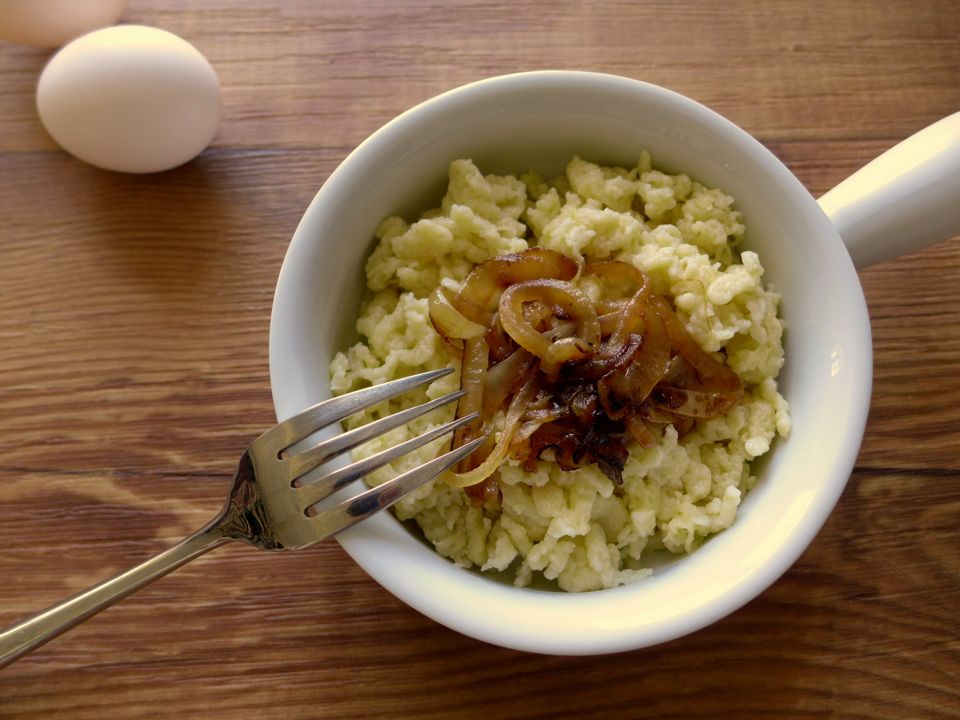Introduction: Liechtenstein Cuisine
Liechtenstein is a small, landlocked country located in Central Europe, between Switzerland and Austria. Despite its size, Liechtenstein boasts a rich culinary heritage that reflects the country’s history and geography. Liechtenstein cuisine is heavily influenced by its neighboring countries, and combines elements of German, Austrian, and Swiss cuisine. However, despite these influences, Liechtenstein cuisine has developed its own unique identity over the years.
Liechtenstein’s Culinary Heritage
Liechtenstein cuisine is characterized by its use of fresh, high-quality ingredients, such as locally sourced meats, cheeses, and vegetables. Traditional dishes include schnitzel, a breaded and fried meat cutlet, and rösti, a dish made from grated potatoes that are fried until crispy. Other popular dishes include käsknöpfle, a type of dumpling made with flour, eggs, and cheese, and geschnetzeltes, a dish made with thinly sliced meat and a cream sauce.
Regional Cuisines in Liechtenstein
While Liechtenstein is a small country, there are still regional variations in its cuisine. The country is divided into eleven municipalities, each with its own unique culinary traditions. For example, the municipality of Schaan is known for its potato dishes, while the municipality of Balzers is famous for its sausages. The municipality of Triesen is known for its wine production, and many of the local dishes in this region are made with wine.
Specialty Dishes in Different Regions
Each region of Liechtenstein has its own specialty dishes that reflect the local culinary traditions. For example, in the municipality of Planken, the traditional dish is stuffed cabbage, while in the municipality of Triesenberg, the specialty is a type of noodle dish called käsknöpfle. In the municipality of Vaduz, the capital of Liechtenstein, visitors can try a traditional dish called hafalaab, which is made with a type of flour called buckwheat.
Influences on Liechtenstein Cuisine
Liechtenstein cuisine has been heavily influenced by its neighboring countries over the years. For example, the country’s proximity to Switzerland has led to the incorporation of Swiss cheese into many traditional dishes. Similarly, the country’s history as part of the Austro-Hungarian Empire has led to the inclusion of Austrian-style dumplings and sausages in many Liechtenstein dishes. However, despite these influences, Liechtenstein cuisine has developed its own identity over the years and is now recognized as a unique and delicious cuisine in its own right.
Conclusion: The Diversity of Liechtenstein Cuisine
In conclusion, Liechtenstein cuisine is a unique and delicious cuisine that reflects the country’s history, geography, and cultural influences. While there are regional variations in the cuisine, the country’s culinary traditions are characterized by their use of fresh, high-quality ingredients and a focus on hearty, comforting dishes. Whether you’re a meat lover, a vegetarian, or a lover of all things sweet, there’s something for everyone to enjoy in Liechtenstein cuisine.

